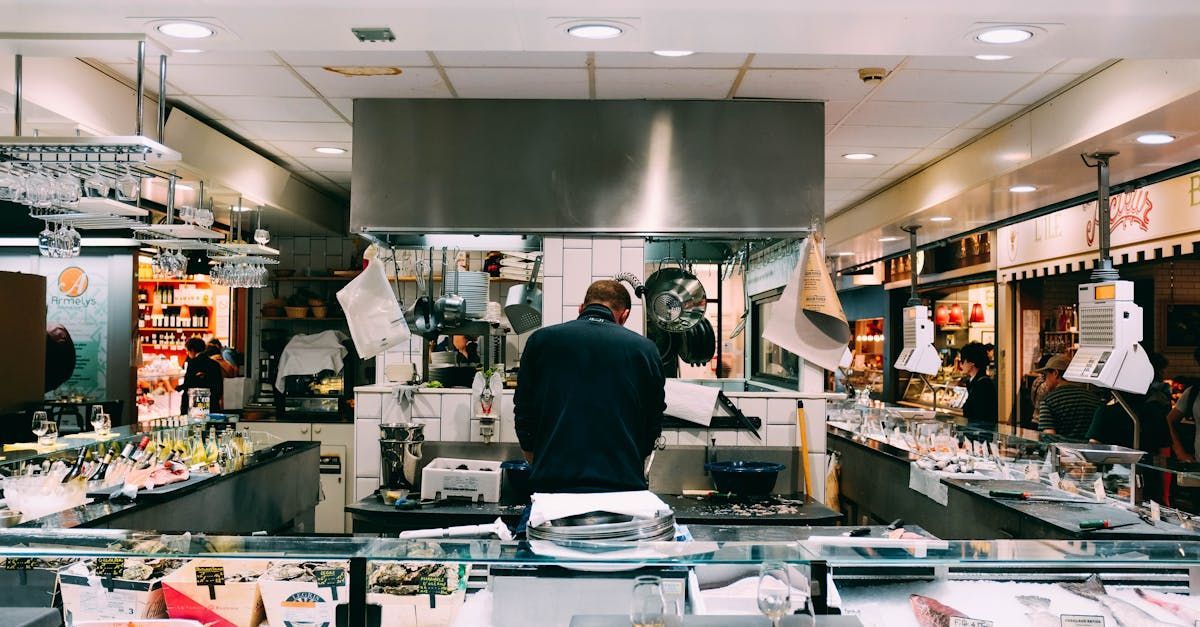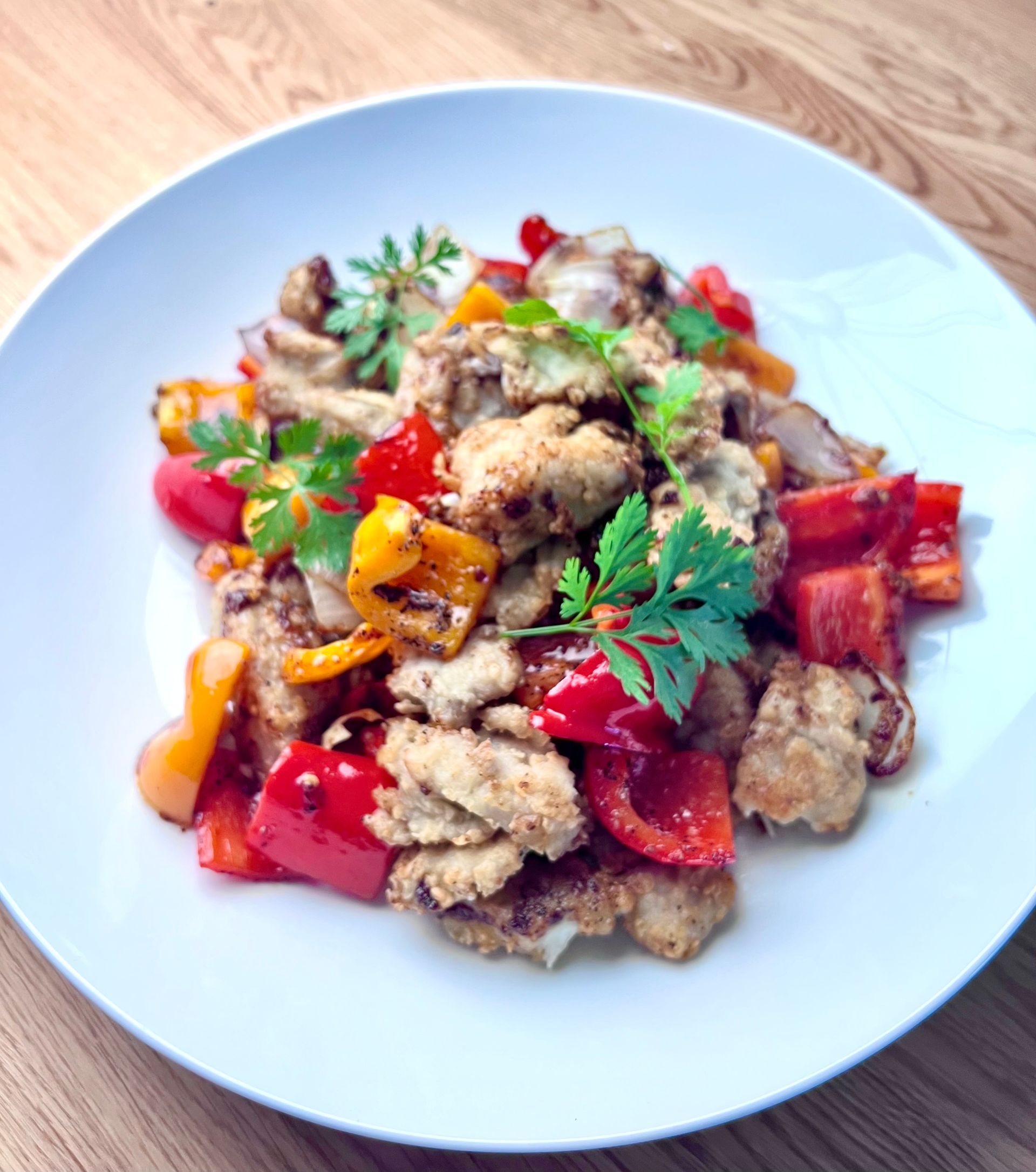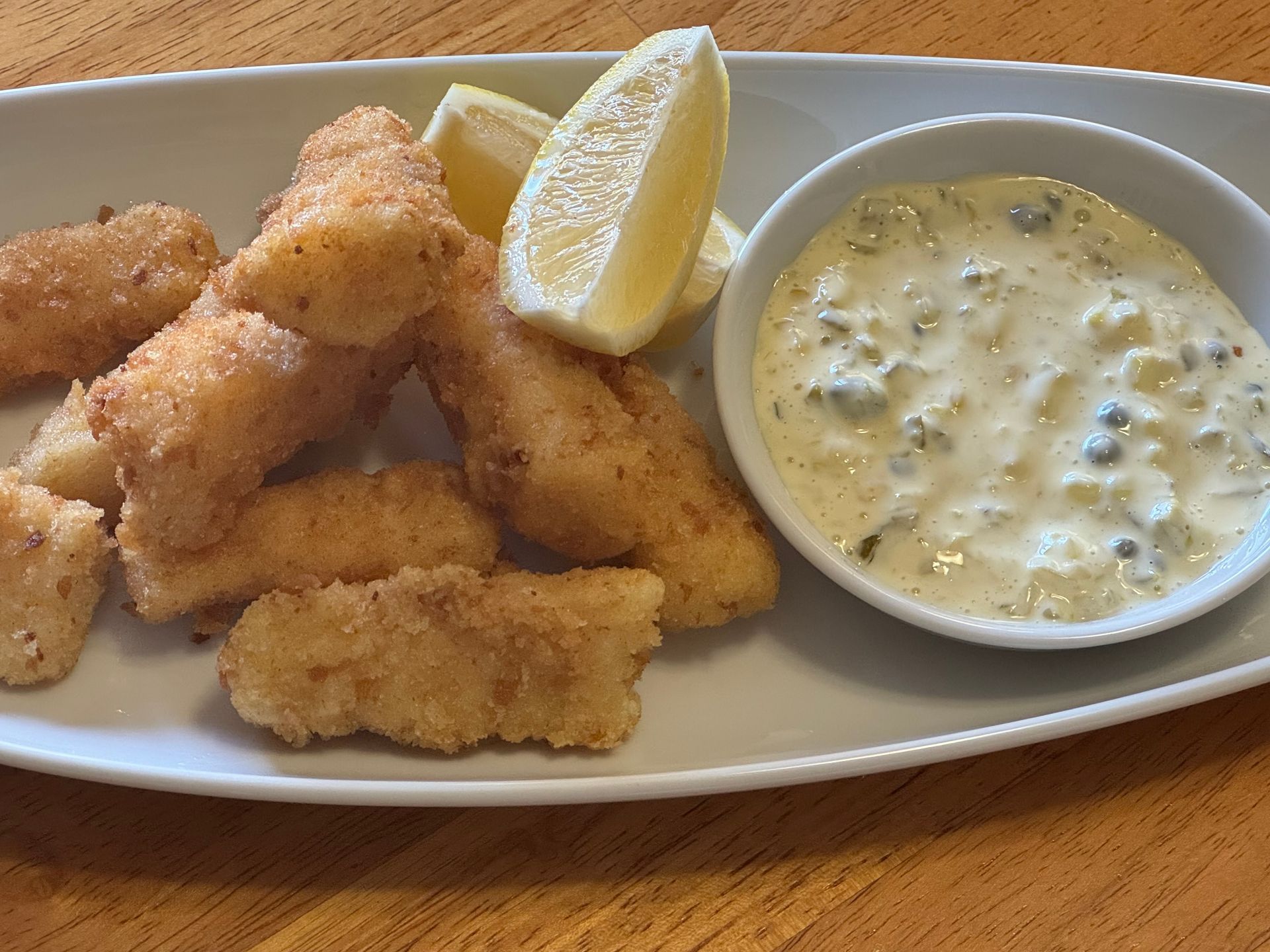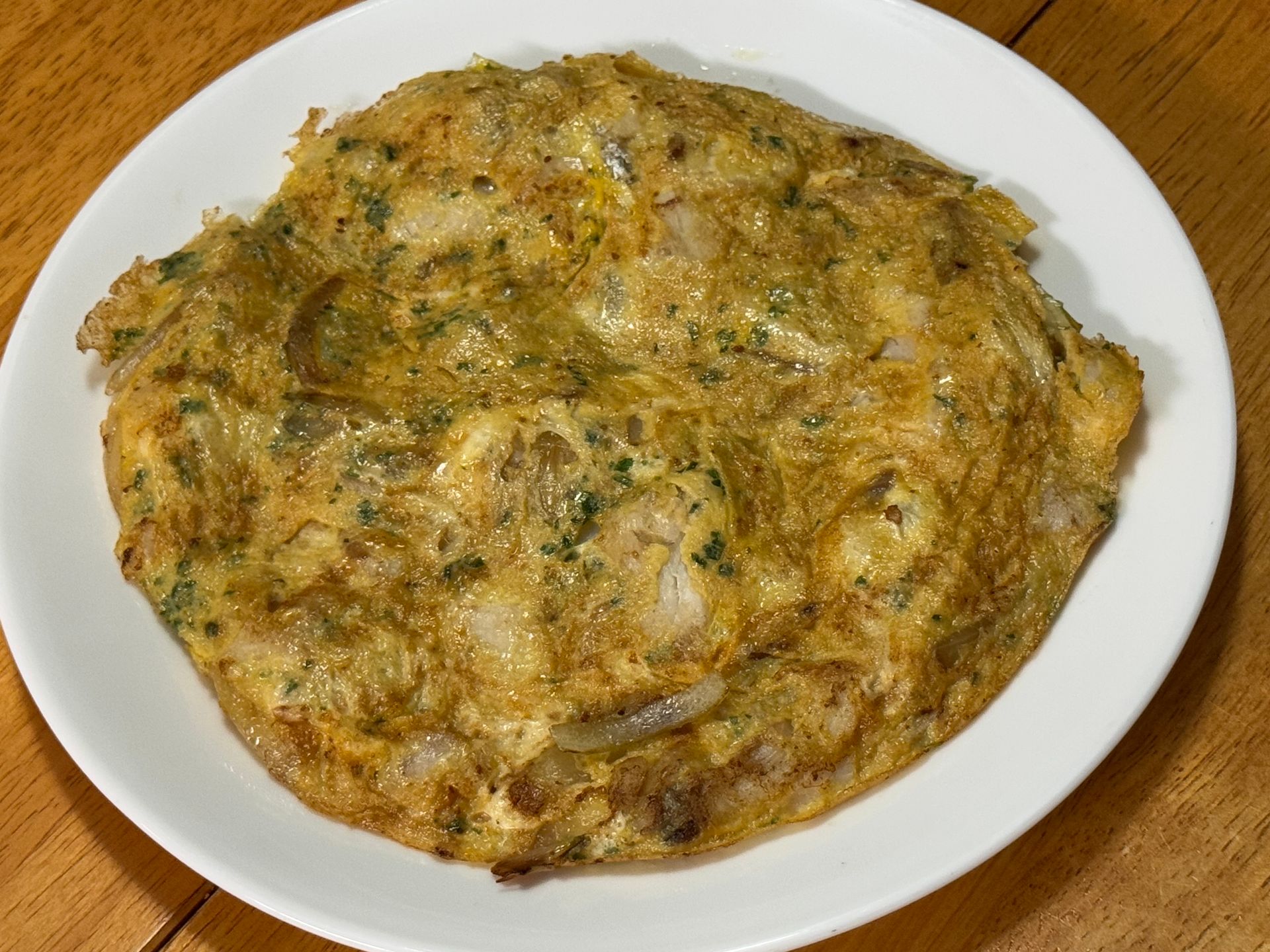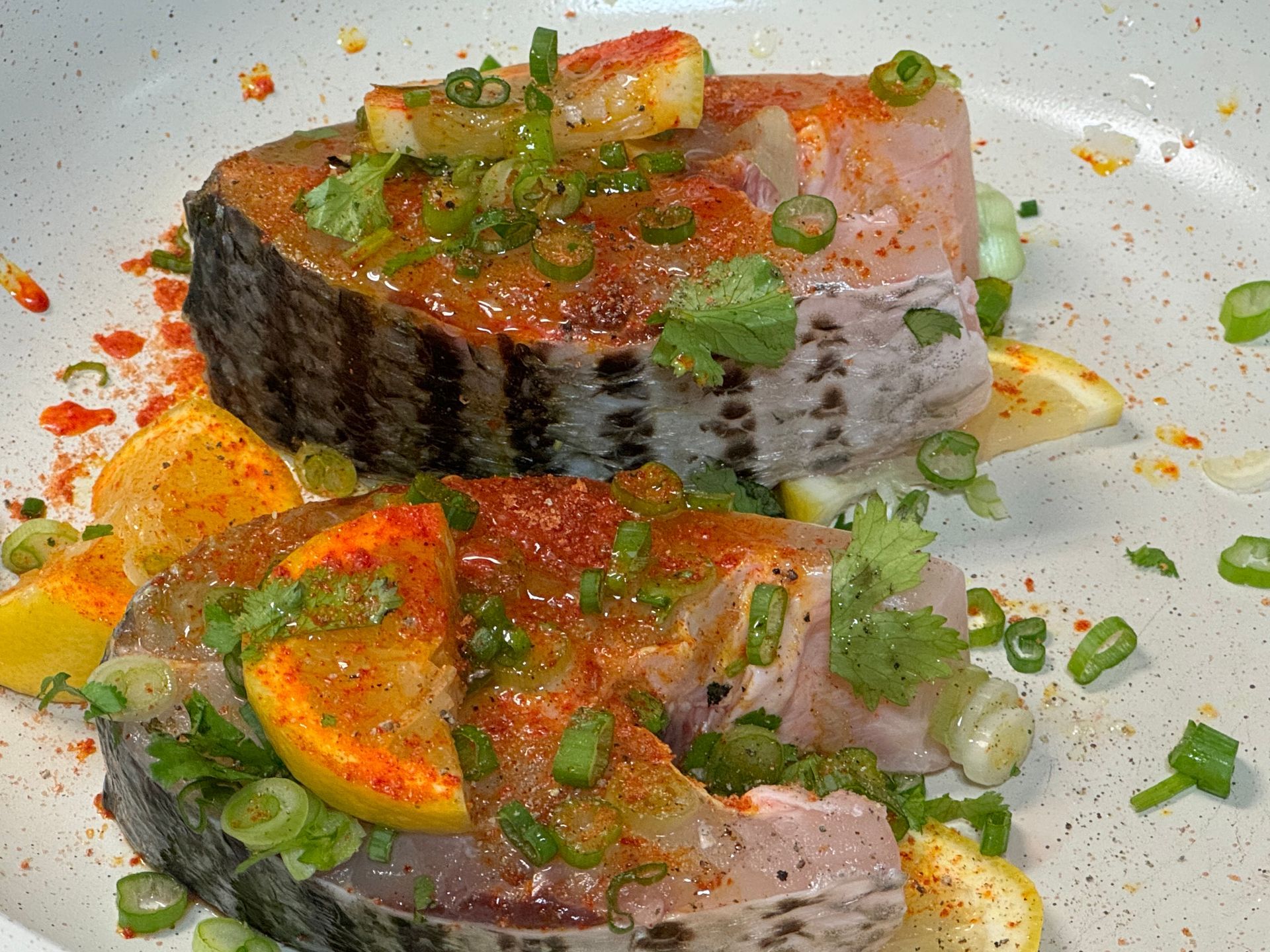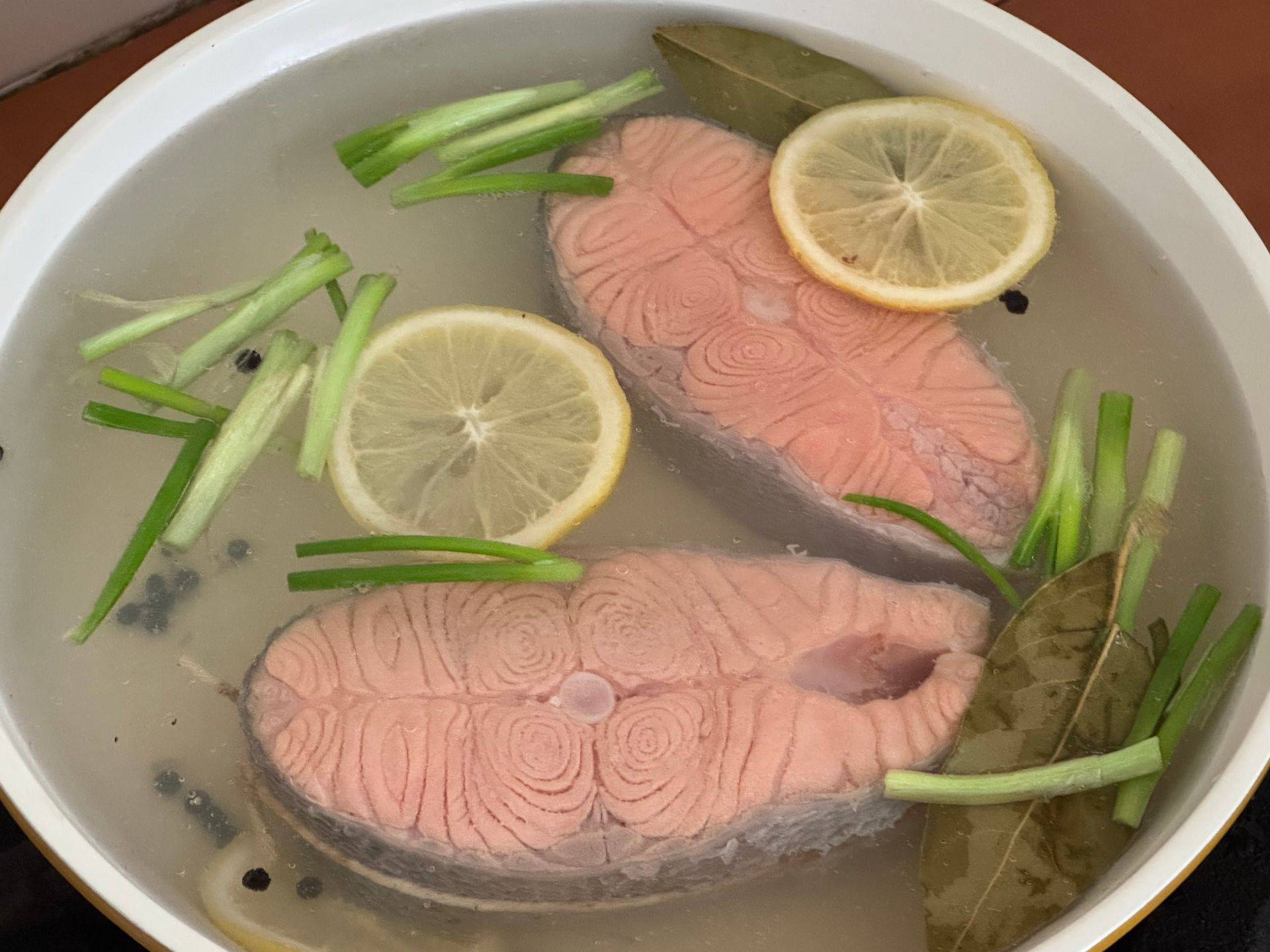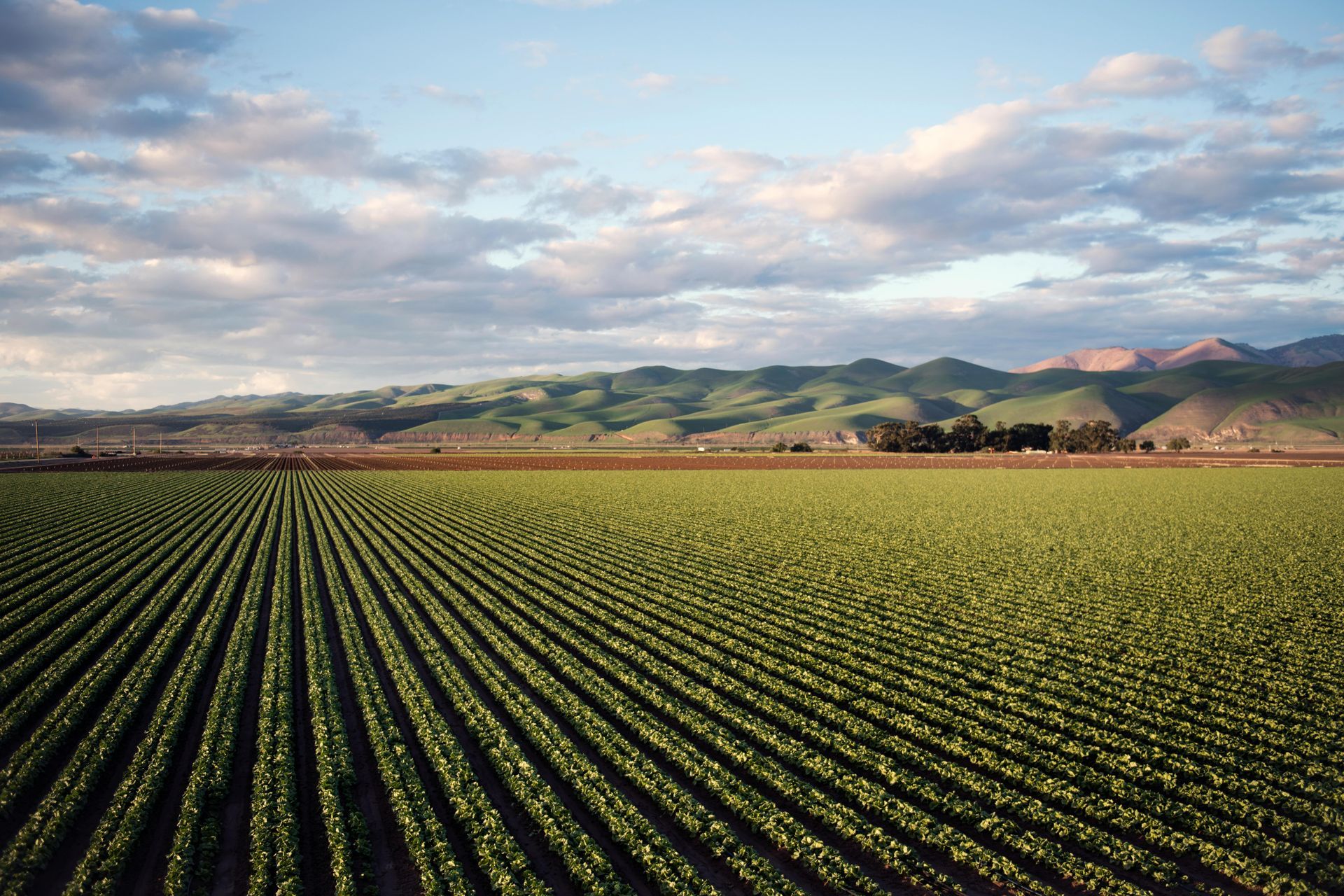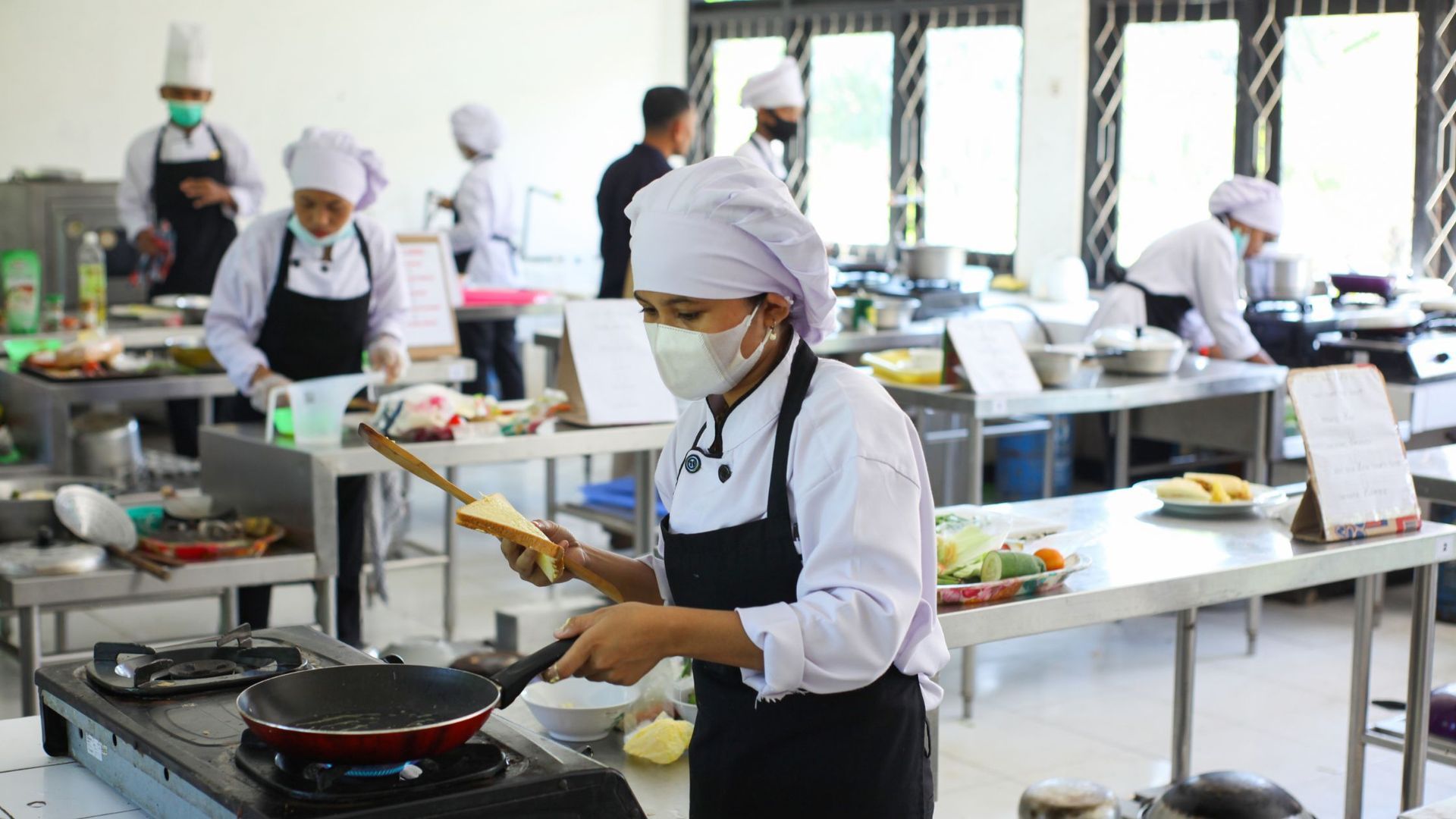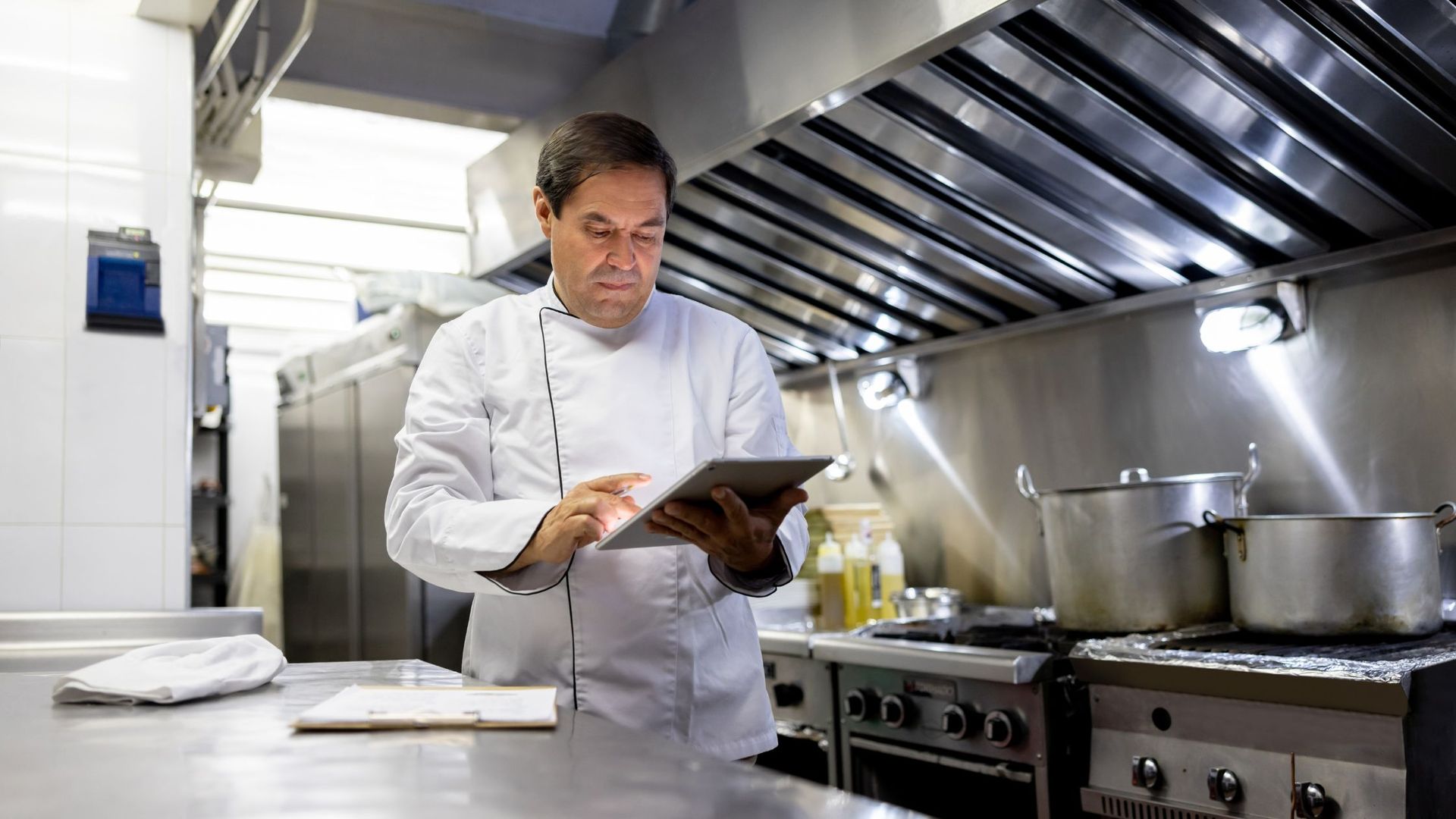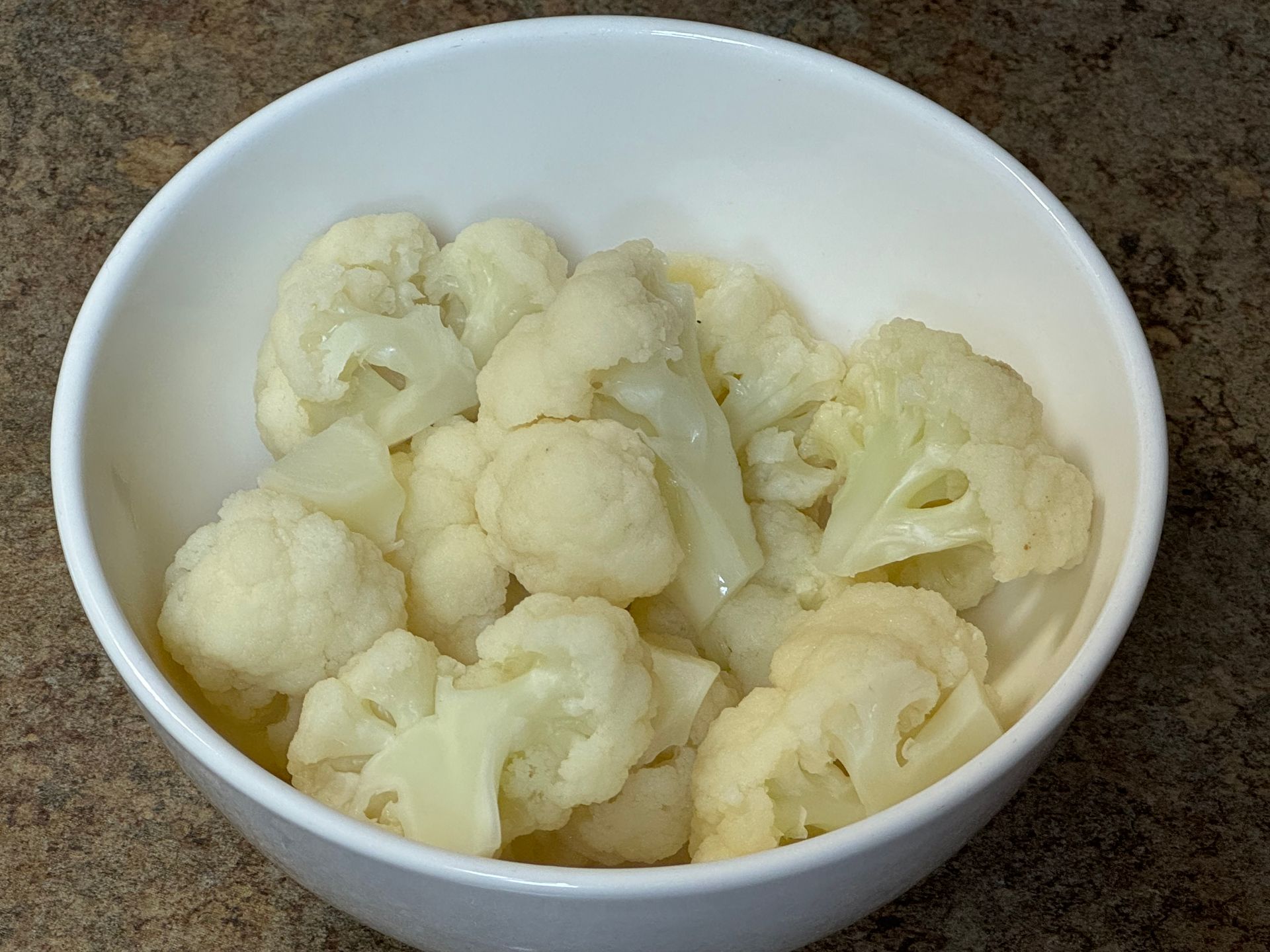
I taught skills classes at the CIA for years and always looked forward to preparing Cauliflower Polonaise with the students... cauliflower cooked in a 'blanc', strained and then served with a buttery breadcrumb sauce of brown butter, Italian parsley, lemon zest, and chopped hard-boiled egg-absolutely delicious.
Cooking Cauliflower
I remember my son Daniel never liking cauliflower... until he came home from his buddy's house asking us to cook him white broccoli!
Years ago I was asked to represent Campbell's at a dinner in NYC.
Dan Barber spoke about sustainability, upcycled foods etc.. and served a salad of cauliflower 'tendrils'. It was inspiring & quite delicious.
Although I love cauliflower boiled, in salads, roasted, grilled... I think my favorite is Cauliflower Polonaise.
Prep Time: 10 min
Cooking Time: 20 min
Yield: 4 portions
Ingredients
1 head Cauliflower, fresh -cut into florets
2 oz. Olive oil or butter
1/2 tsp Kosher Salt
t.t. Black pepper
How to cook Cauliflower
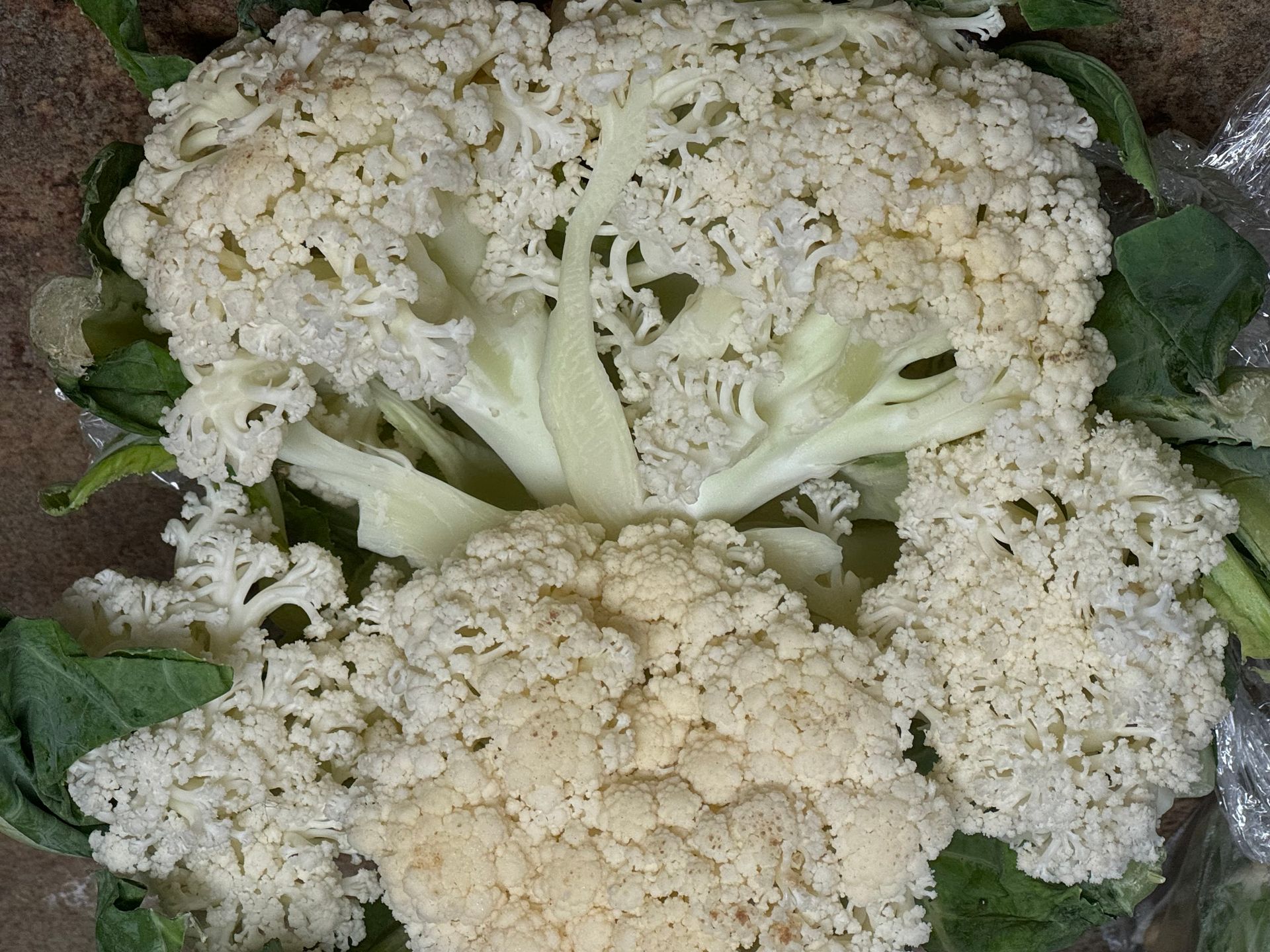
Asian cauliflower
Step 1
Rinse the cauliflower in cool water and then cut the florets to similar size so they all cook evenly. Slice about 1/2 inch from the stem and peel the stem, discarding the peels.
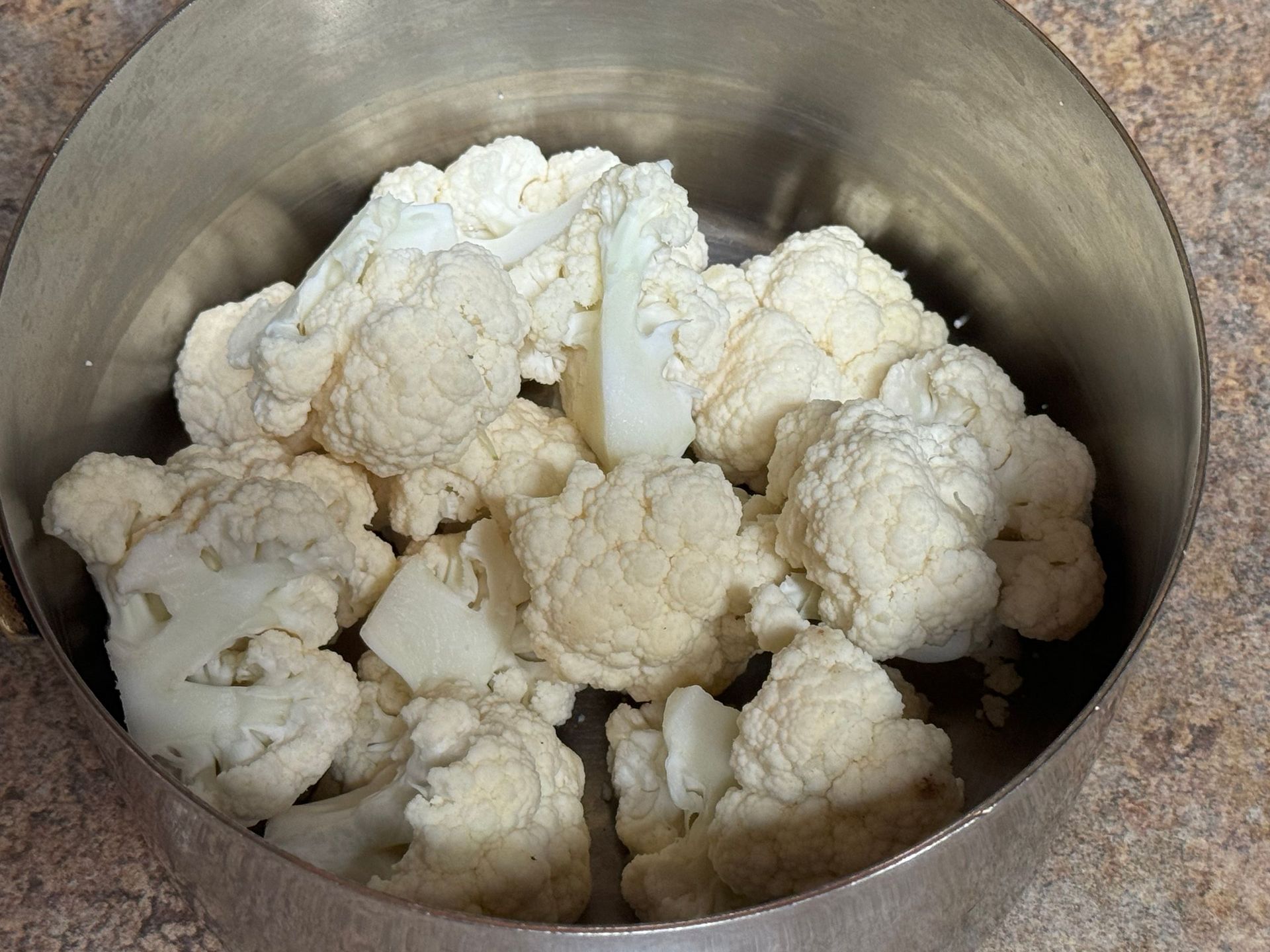

Step 2
To boil the cauliflower, simply place into a pot of boiling, salted water. The water should have enough salt so it has a 'sea water' saltiness to the taste. Boil until tender, about 6-8 minutes.
To keep cauliflower very white, add a tsp of lemon juice to the boiling water.
Some chefs make a thin 'blanc' of flour, lemon and water to cook the cauliflower, I don't believe this is necessary.
Strain and season with salt, pepper and olive oil/butter.
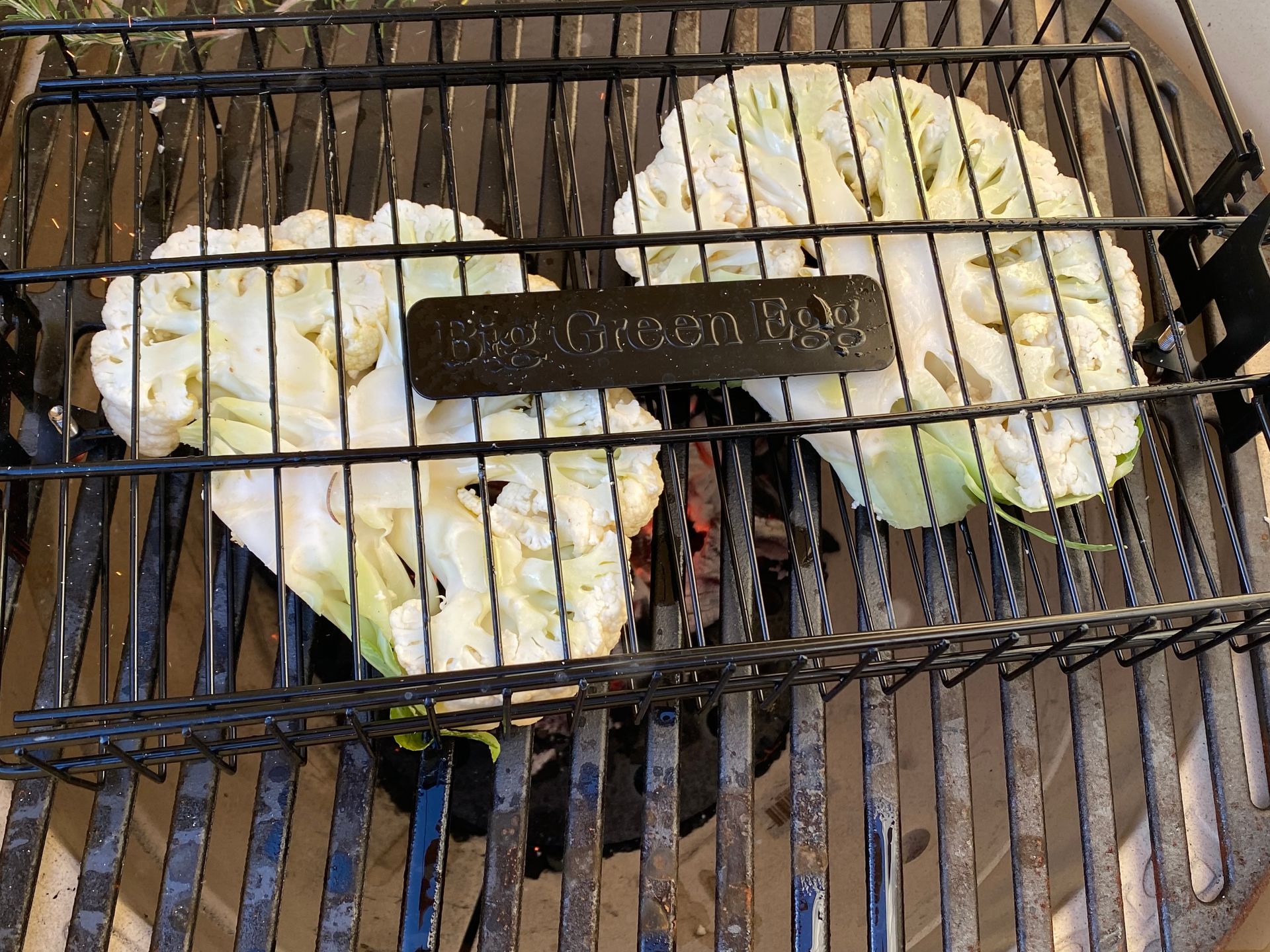
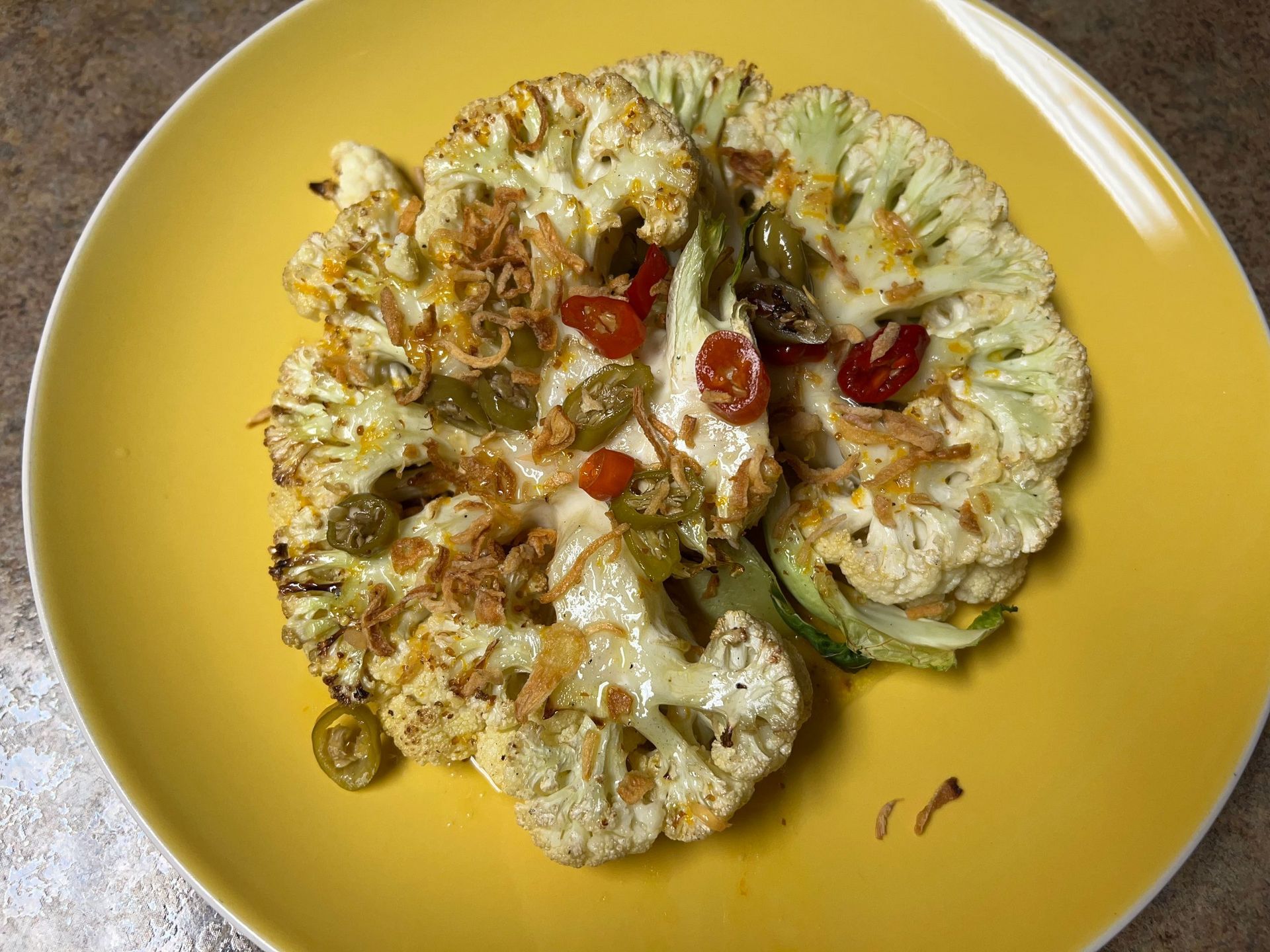
Step 3
To roast the cauliflower simply place into bowl and season with salt, pepper and olive oil. Place into a preheated, oiled pan and into the preheated oven. (about 350F) Roast until tender, about 8 minutes.
To grill, you may precook the whole head of cauliflower, cook and slice into 1 inch 'steaks'-then season, oil and grill.

